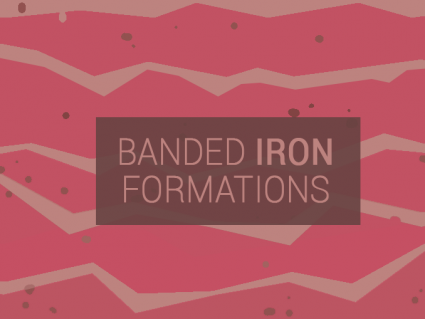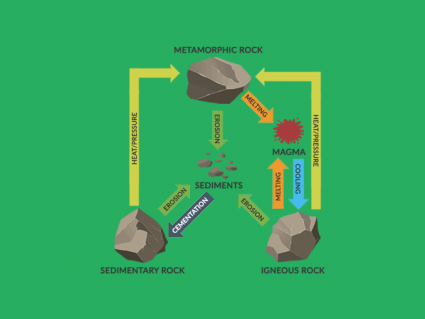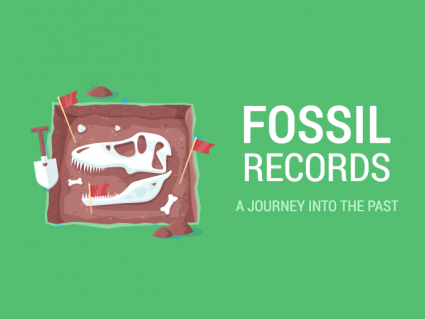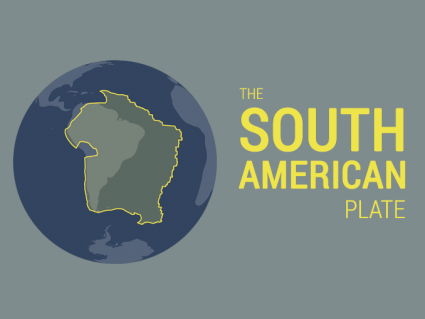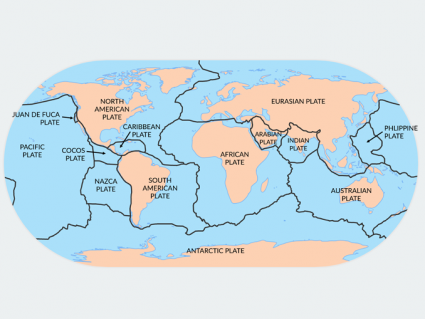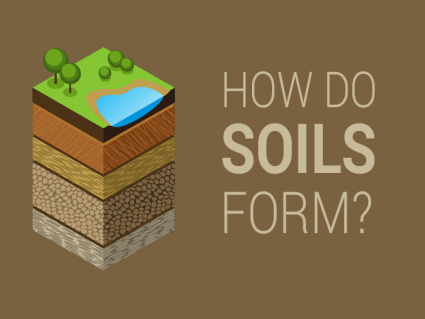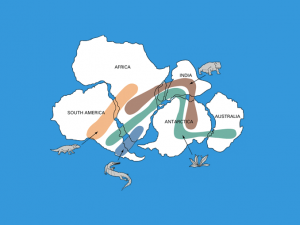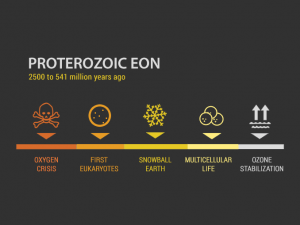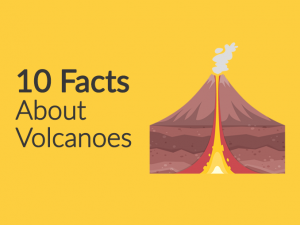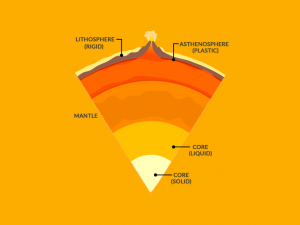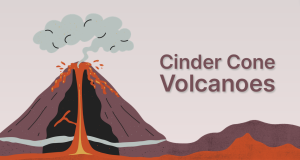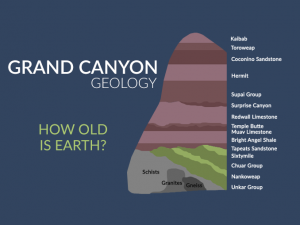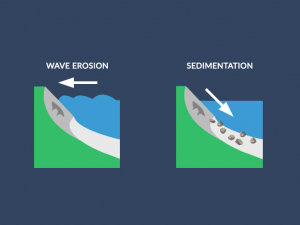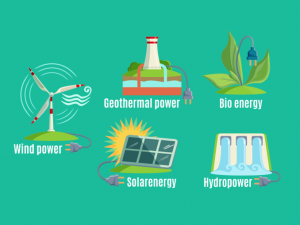What is Isostatic Rebound?
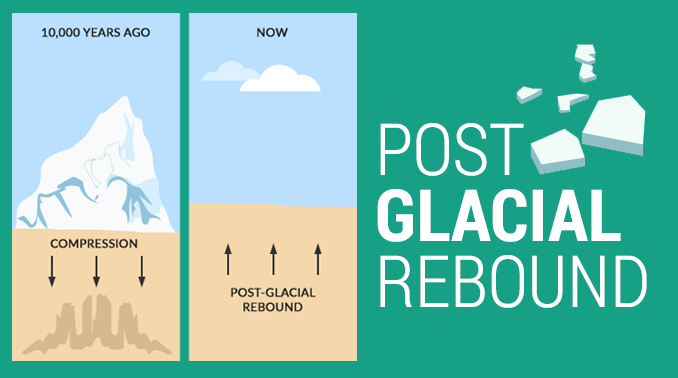
DEFINITION:
Isostatic rebound (also called post-glacial rebound) is the rise of Earth’s crust after being compressed by heavy ice sheets during the last Ice Age.
Since the last Ice Age, Hudson Bay may have depressed over one kilometer. After the ice melted, Canada began lifting. We know this because we measure its vertical motion with GPS.
Imagine squeezing a sponge and watching it return to its shape. The term that describes land returning to its pre-glacier shape is isostatic rebound.
The ground rebounds quickly at first, then slows down. This process of glacier rebound is due to the asthenosphere behaving in a fluid manner. Because ice had been removed, the compressional force no longer exists.
“Only about 10,000 years ago, ice covered all of Canada. Mountains made of ice pushed down on the continent with immense pressure. But over time, it slowly began to push up to its original form. This phenomenon is isostatic rebound.”
Glaciers compress the asthenosphere
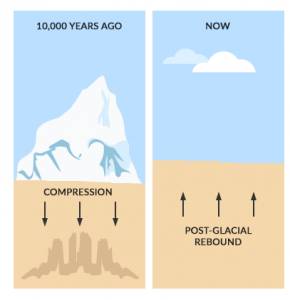
Ice ages have put our planet into a deep freeze. These bone-chilling temperatures have stacked kilometers of glacier ice.
Because of the mass, the interior gets pushed in. It compresses the asthenosphere until it pushes it out of the way.
If you were to remove the ice, you’d find the actual surface to be below sea level. For example, Canada is still on the rise from the last ice age. We know this because we use GPS sensors to detect vertical motion.
It’s rising because the asthenosphere rock is lifting again and flowing beneath. It’s flowing back up underneath slowly because ice is no longer compressing it.
“So again, rock in the asthenosphere is behaving in a fluid manner. By deforming like silly putty, glaciers gradually push down it. After the ice melts, it slowly rebounds. This process is isostatic rebound.”
What is Isostatic Rebound?
Isostatic rebound refers to the elastic deformation of a material caused by the removal of an external load.
In particular, geologists and engineers use this to describe how Earth’s crust responds to large weight or pressure changes from a post-glacial rebound.
If you have any questions or comments, please use the comment form directly below to let us know what’s on your mind.

